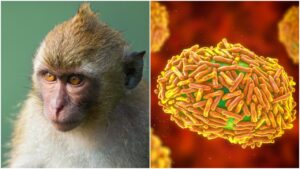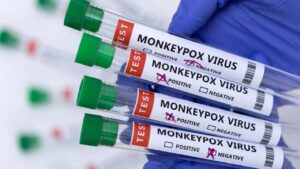Introduction
The virus, which causes monkeypox-usually confined to part of Africa-has put worldwide attention on the latest global outbreak until September 2024. The disease is caused most often with animals but sometimes may affect human beings. It is a viral infection caused by a monkey virus that is allied in some way to the virus of measles.

Overview of Global Expansion and Recent Outbreaks
The virus of monkeypox has considerably extended outside its specified geographic area within the past two years. Several countries have been documented by the WHO with epidemic outbreaks, especially with a visible increase in urban areas due to the population density that makes it susceptible to infection.
Severity and symptoms
While symptoms initially resemble those of smallpox, monkey symptoms are usually less severe. Fever, headache, muscle pain and swelling are some of the early symptoms. Warmth then follows as an emphasis. While most cases are minor and resolve on their own, more serious cases can occur, especially in young infants and those with compromised immune systems .
Factors Contributing to Spread
Close physical contact and respiratory droplets have been found to affect diseases in monkeys, making it difficult to manage, especially in densely populated areas international travel and global communications surface has allowed the virus to spread, requiring coordinated public health measures.

Vaccination and public health programs
Vaccination and Public Health Measures Steps have been taken to increase vaccination rates in response to the outbreak. In addition to smallpox vaccines providing some protection against monkeys for healthcare workers and residents of high-risk areas, many people who want a customized monkeypox vaccine are going through clinical trials species are growing. Public health officials want to increase awareness of the dangers that infected monkeys pose to people as a method of prevention. Symptoms, cost for seeking treatment, and are teaching public awareness. These projects aim at reducing the impact of the virus in the local communities and halting its spread.
Outlook and Future Directions
Despite the limitations of the global outbreak response, promising signs of containment have been observed. Ongoing surveillance, screening and vaccination campaigns are essential to keep the disease under control and prevent its spread. Following and staying abreast of public health recommendations will be important as the situation evolves to prevent monkeypox and protect global health.



